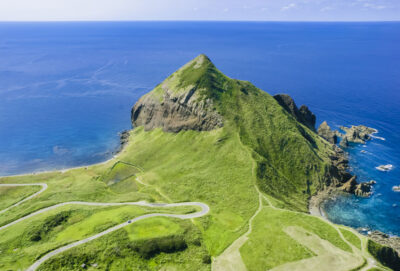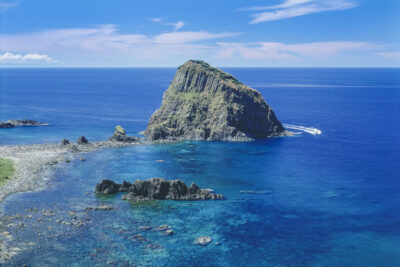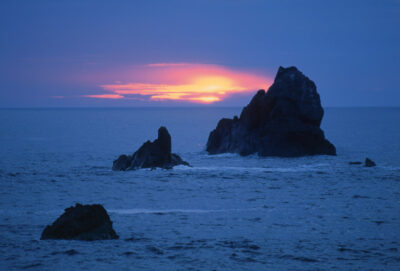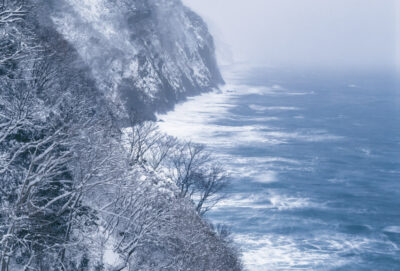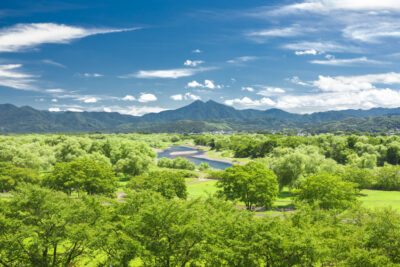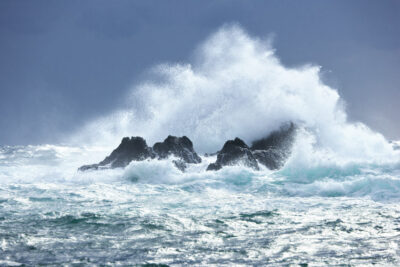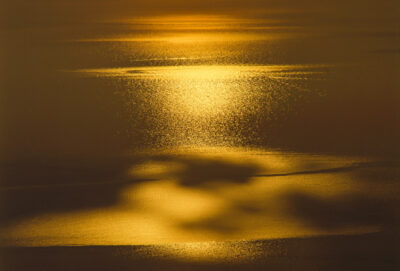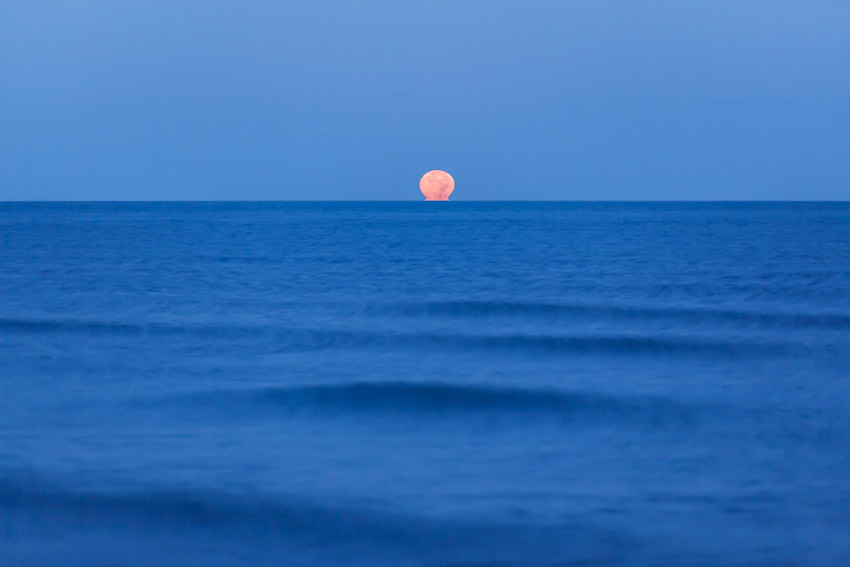
満月と海
満月の明け方、日本海に沈む月の姿は格別です。満月となる日は一年におよそ12回しかありませんが、前後の日もほぼ満月に近いため、満月の前日や翌日でも美しい月の入りを日本海側で楽しむことができます。特にこの時期の月は、水平線近くで赤く染まり、上空にあるときよりも大きく、幻想的に見えます。
月齢とは、新月からの日数を表すもので、月の満ち欠けの周期は平均して約29.5日です。新月を月齢0とし、その約半分、すなわち14.8日目が理論上の満月ですが、月が地球を楕円軌道で回っているため、実際の満月となる月齢は13.9~15.6日と前後1日ほど変動します。
満月前後には、太陽と月の間に地球が入り、三天体がほぼ一直線に並ぶため、日の出や日の入りの頃に月が海から昇る、あるいは海に沈む光景が見られます。自ら輝く太陽と、その光を受けて輝く月。どちらも地球にとって欠かせない存在であり、特に満月の頃は、太陽に対する「陰」としての月の存在感が最も際立つ瞬間だと感じます。
At dawn on a full moon, the sight of the moon setting over the Sea of Japan is truly spectacular. Although there are only about 12 full moons in a year, the days before and after are also nearly full, so you can enjoy the beautiful moon setting on the Sea of Japan side even on the day before or after the full moon. Especially during this period, the moon appears red near the horizon and looks larger and more fantastical than when it is high in the sky.
Lunar age refers to the number of days since the new moon, and the cycle of the moon’s phases averages approximately 29.5 days. The new moon is considered to be lunar age 0, and the theoretical full moon occurs approximately halfway through this cycle, on the 14.8th day. However, since the moon orbits the Earth in an elliptical path, the actual lunar age of the full moon varies by about one day, ranging from 13.9 to 15.6 days.
Around the time of the full moon, the Earth comes between the Sun and the Moon, aligning the three celestial bodies in a nearly straight line. This creates the spectacle of the Moon rising from the sea or setting into the sea during sunrise or sunset. The Sun, which shines on its own, and the Moon, which reflects the Sun’s light—both are indispensable to Earth. Especially during the full moon, the Moon’s presence as the “shadow” of the Sun is most vividly felt.
EOS5DMarkⅢ 155mm 1.3秒 f:2.8
©️photo by Nakamura Osamu
